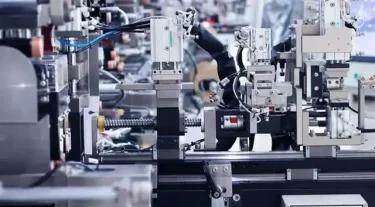
。
# Tape Production Process and Techniques
## Introduction to Tape Manufacturing
Tape manufacturing is a complex process that involves multiple stages to create adhesive products for various applications. From everyday household uses to industrial applications, tapes serve numerous purposes in our lives. Understanding the production process helps appreciate the technology behind these seemingly simple products.
## Raw Materials in Tape Production
The foundation of any tape lies in its raw materials. Manufacturers typically use:
– Backing materials (plastic films, paper, cloth, or foil)
– Adhesive compounds (rubber-based, acrylic, or silicone)
– Release liners (for certain tape types)
– Additives (to enhance performance characteristics)
## The Tape Manufacturing Process
### 1. Backing Material Preparation
The process begins with preparing the backing material. For plastic tapes, this involves:
– Extruding polymer resins into thin films
– Stretching the film to achieve desired thickness and strength
– Applying surface treatments to improve adhesive bonding
### 2. Adhesive Application
Several techniques exist for applying adhesives:
– Solution coating: Dissolving adhesive in solvent before application
– Hot melt coating: Applying heated adhesive directly
– Water-based coating: Using water as the carrier for adhesive particles
### 3. Drying and Curing
After application, the adhesive goes through drying or curing processes:
– Solvent evaporation for solution-coated adhesives
– Water evaporation for water-based adhesives
– UV or thermal curing for certain adhesive types
### 4. Lamination and Winding
The final stages include:
– Applying release coatings (for double-sided tapes)
– Laminating multiple layers if required
– Precision winding onto cores for final product form
## Advanced Tape Manufacturing Techniques
Modern tape production incorporates several advanced techniques:
### Co-extrusion Technology
This method allows simultaneous extrusion of multiple layers, creating tapes with:
– Enhanced barrier properties
– Improved strength characteristics
– Specialized surface properties
### Precision Coating Systems
State-of-the-art coating systems enable:
– Ultra-thin adhesive layers
– Consistent coating weights
– Multi-layer adhesive applications
### Automated Quality Control
Modern facilities employ:
– Vision systems for defect detection
– Thickness measurement sensors
– Adhesion testing during production
## Environmental Considerations in Tape Production
Manufacturers are increasingly focusing on sustainable practices:
– Developing solvent-free adhesive systems
– Implementing closed-loop recycling systems
– Using bio-based materials
– Reducing energy consumption in production
## Future Trends in Tape Manufacturing
The industry continues to evolve with:
– Smart tapes with embedded sensors
– Biodegradable adhesive formulations
– Nanotechnology-enhanced performance
– Customizable tape properties for specific applications
## Conclusion
Tape manufacturing combines material science, chemical engineering, and precision manufacturing to create products that serve countless purposes. As technology advances, tape production processes continue to become more sophisticated, efficient, and environmentally friendly, ensuring these essential products meet the evolving needs of industries and consumers alike.
Keyword: tape manufacturing
